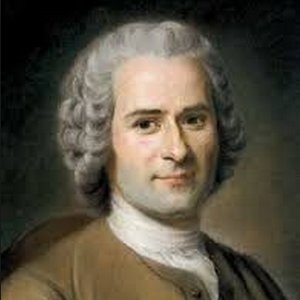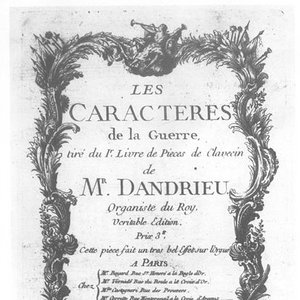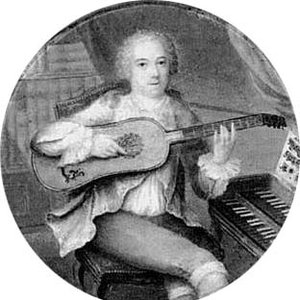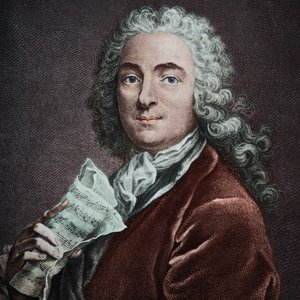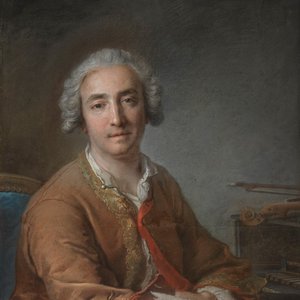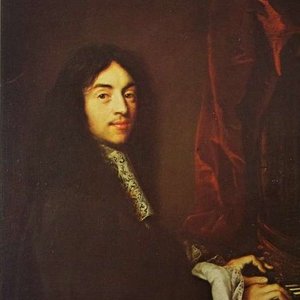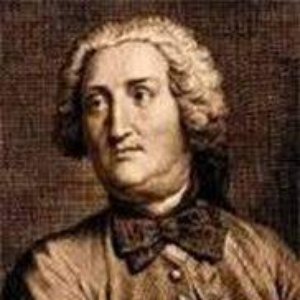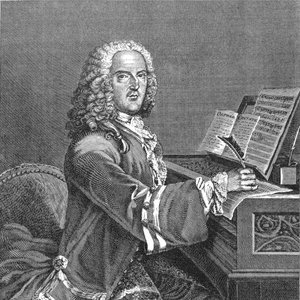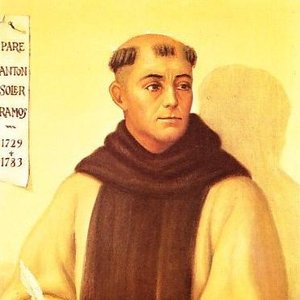Biography
-
Born
4 July 1694
-
Born In
Paris, Île-de-France, France
-
Died
15 June 1772 (aged 77)
Louis-Claude Daquin (or d'Acquin), (July 4, 1694 – June 15, 1772) was a French composer of Jewish birth writing in the Baroque and Galant styles. He was a virtuoso organist and harpsichordist. Louis-Claude Daquin was born in Paris, to a converted Jewish family from Carpentras originating from Italy (where their name was D'Acquino). One of his great-uncles was a professor of Hebrew at the College de France. Daquin was a musical child prodigy, for he performed for the court of King Louis XIV at the age of six. He was for a while a pupil of Louis Marchand. At the age of 12, he became organist at the Sainte-Chapelle, and in the following year took a similar post at the church of the Petit St. Antoine.
In 1727 Daquin was appointed organist at the church of St. Paul in Paris, besting Jean-Philippe Rameau for the job. Five years later he became organist, succeeding Louis Marchand, at the Cordeliers. In 1739 he became organist to the king. In 1755 he succeeded Antoine Calvière as titular organist at the cathedral of Notre-Dame de Paris.
By reputation a dazzling performer at the keyboard, Daquin was much appreciated by the aristocracy and his great expertise at the organ drew considerable crowds to hear him. As a virtuoso organist and harpsichordist, he was known for his "unfaltering precision and evenness".
At age eight, he conducted his own choral work, Beatus Vir. Some of his harpsichord improvisations went into his Nouveau livre de noëls which was published in 1757. Trois cadences is another highly original keyboard work which uses a triple trill. Daquin's surviving music includes four harpsichord suites, settings of Christmas pastorals (noëls), a cantata, and an air à boire. Among the most famous of his works are the Swiss Noel (Noël Suisse) and Le Coucou (The Cuckoo) which is from his 1735 harpsichord book. The Cuckoo (Coucou).
Artist descriptions on Last.fm are editable by everyone. Feel free to contribute!
All user-contributed text on this page is available under the Creative Commons Attribution-ShareAlike License; additional terms may apply.

